Classic New York Cheesecake
This post may contain affiliate links. Read my full disclosure policy.
Think making cheesecake is difficult? Think again! This foolproof recipe delivers a cheesecake that’s dense, rich, and creamy—rivaling those from New York’s most beloved delis—and it’s simple enough for beginners to master.
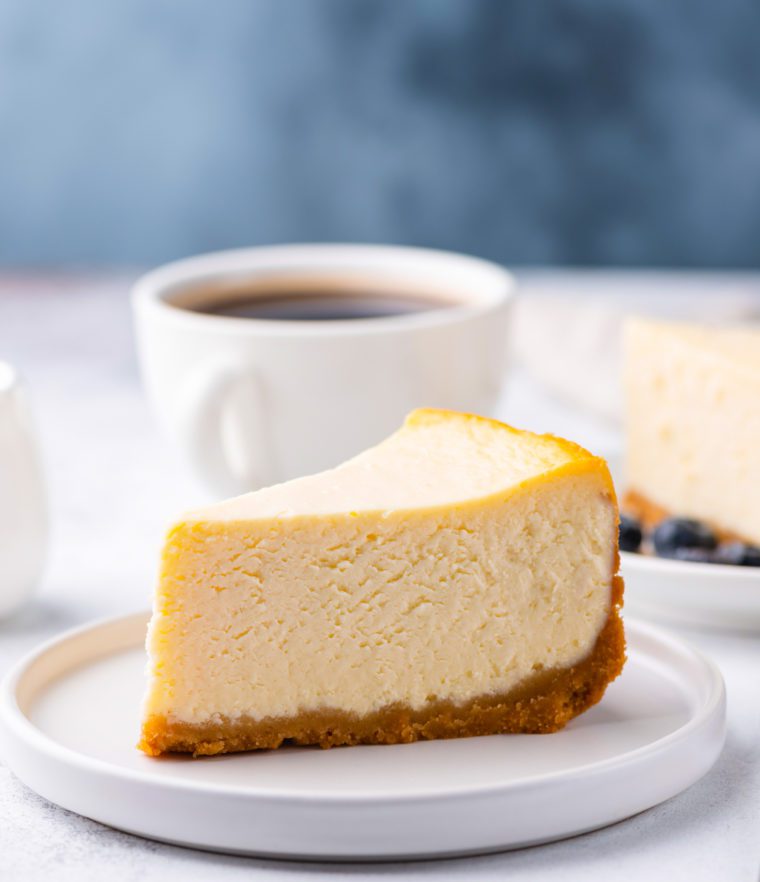
Cheesecake has always been my husband Michael’s favorite dessert. I remember when I first met my future mother-in-law over 20 years ago, she told me the key to her son’s heart was through his stomach—and he could be persuaded to do just about anything for a slice of NY cheesecake. Fortunately, I had just graduated from culinary school, so I had a little advantage in both winning his heart and perfecting my cheesecake recipe!
I know making cheesecake can seem a little intimidating. It’s a custard dessert that needs careful baking in a water bath to prevent cracking and to get that perfect, creamy consistency. But don’t let that scare you off. With a few pointers and a tried-and-true recipe, even beginners can whip up a dense, rich, and crack-free cheesecake. This is the kind of tradition-worthy dessert that rivals the best New York delicatessens—and who knows, it might even help you win someone over!
“I made this for my family at Christmas time and everyone LOVED it! I had never made a cheesecake before. The instructions were simple and easy for beginners. I am now tasked with making this for birthdays and holidays!”
What You’ll Need To Make New York Cheesecake
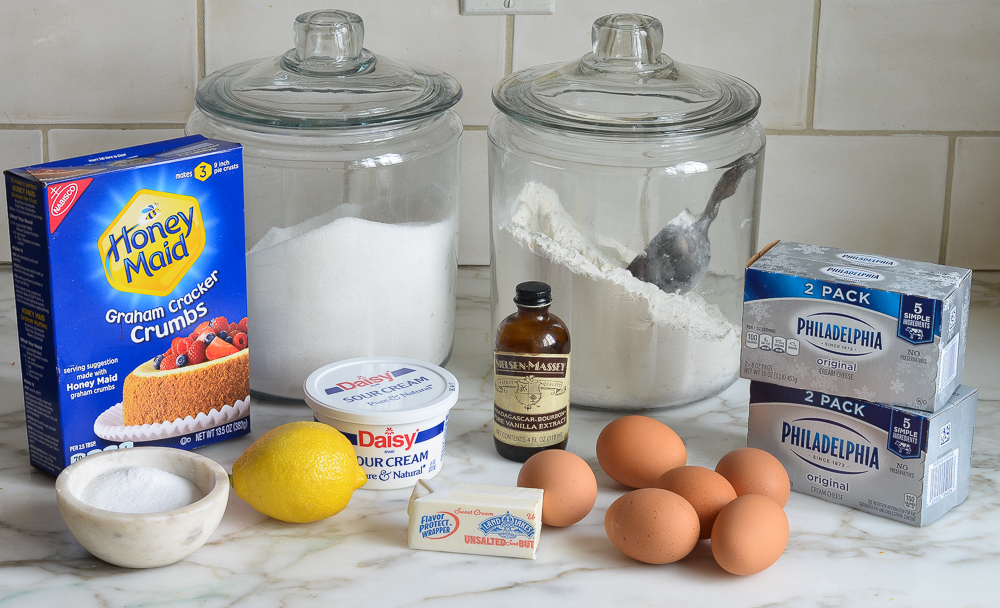
- Graham cracker crumbs: Forms the base of the crust, providing a sweet, crumbly texture.
- Butter: Binds the graham cracker crumbs together and adds richness to the crust.
- Sugar: Sweetens both the crust and the filling, balancing the tang of the cream cheese and lemon.
- Salt: Enhances the flavors of both the crust and filling.
- Cream cheese: The key ingredient of the filling, it provides the rich, creamy texture and tangy flavor. I recommend using a good brand, like Philadelphia.
- All-purpose flour: While it may seem unusual in a cheesecake, the flour is the secret to success. A little starch helps prevent cracking and makes the filling lighter and fluffier.
- Vanilla extract: Adds warmth and enhances the sweetness of the filling.
- Lemon zest and juice: Adds a subtle brightness and tang that cuts through the richness of the cream cheese.
- Eggs: Give the cheesecake its structure and help it set while maintaining a smooth texture.
- Sour cream: Adds extra creaminess and a slight tang, balancing the sweetness.
- Jump to the printable recipe for precise measurements
Key Equipment
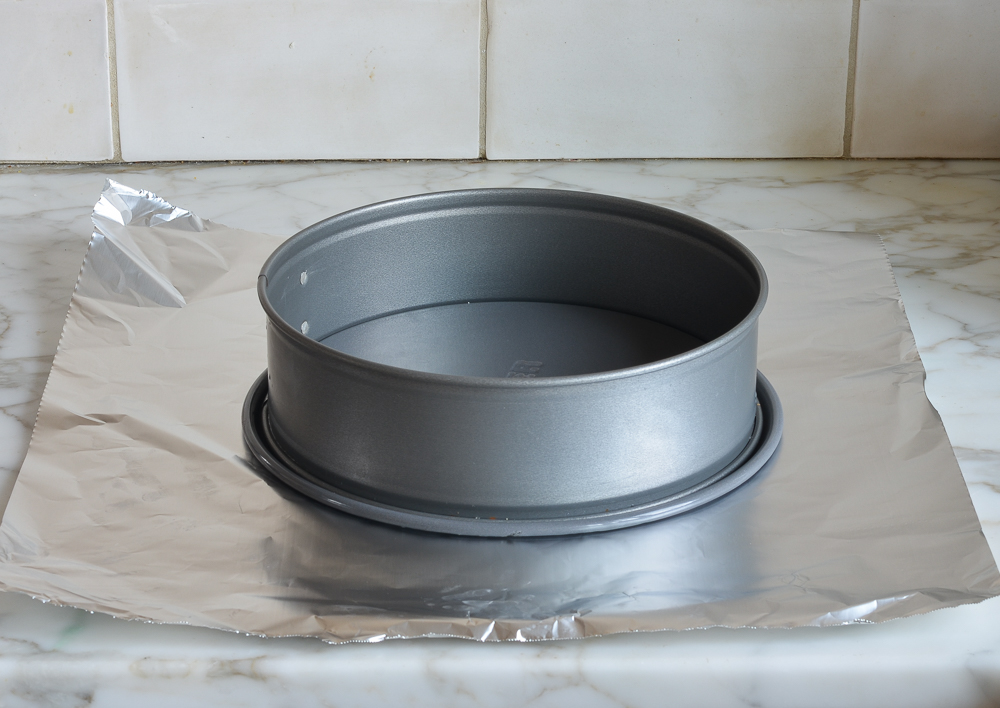
You’ll need a 9 or 10-inch springform pan and 18-inch heavy-duty aluminum foil. The springform pan features sides that can be removed from the base, so you can release the cake easily without having to flip the whole pan over (this would be a disaster with cheesecake). Springform pans, however, are notorious for leaking. Since the cheesecake bakes in a water bath, the foil prevents the water from seeping in during baking. If you’d like to try another technique that doesn’t require wrapping the pan in foil, you can place your springform pan inside a larger cake pan (see how it’s done here) or purchase a silicone wrap for your pan.
You will also need an electric mixer for whipping up the batter and a large roasting pan for the water bath.
Step-by-Step Instructions
Step 1: Preheat the Oven and Prep the Pan
Preheat the oven to 375°F.
Wrap the springform pan with one large piece of heavy-duty aluminum foil, covering the underside of the pan and extending all the way to the top. Repeat with another sheet of foil for insurance. Spray the inside of the pan with nonstick cooking spray.
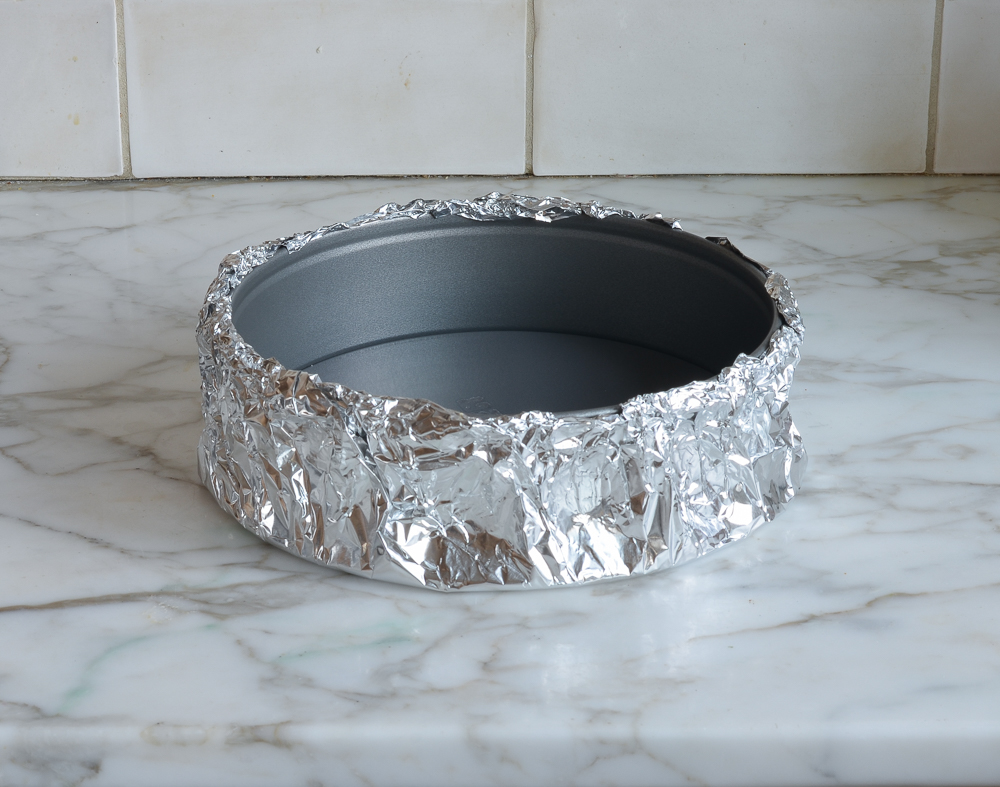
Step 2: Make the Graham Cracker Crust
In a medium bowl, combine the graham cracker crumbs, melted butter, sugar, and salt.
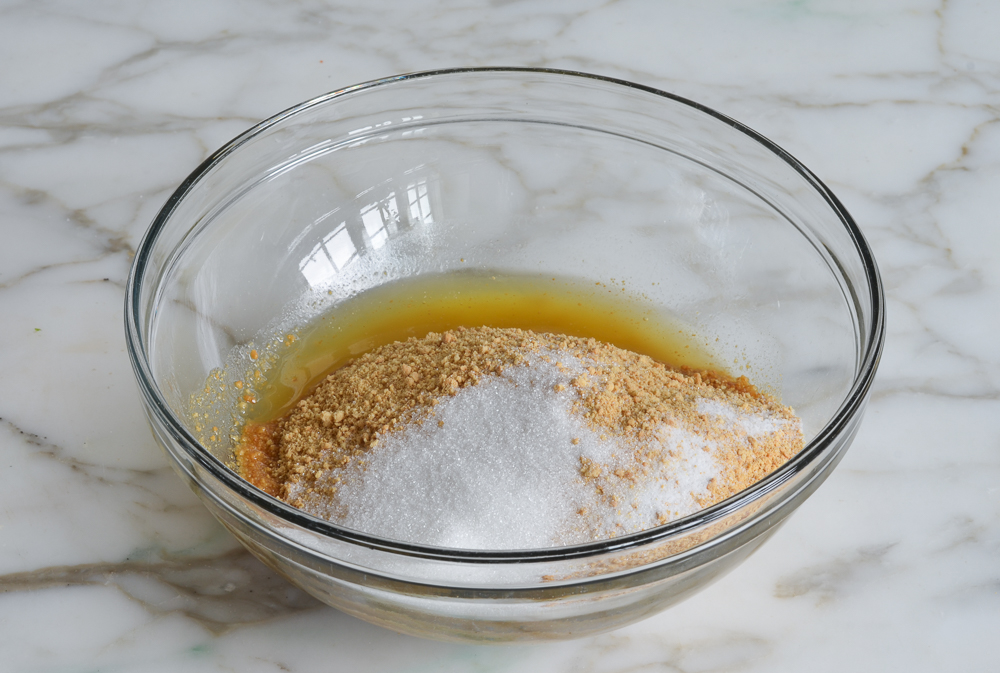
Stir until well combined.
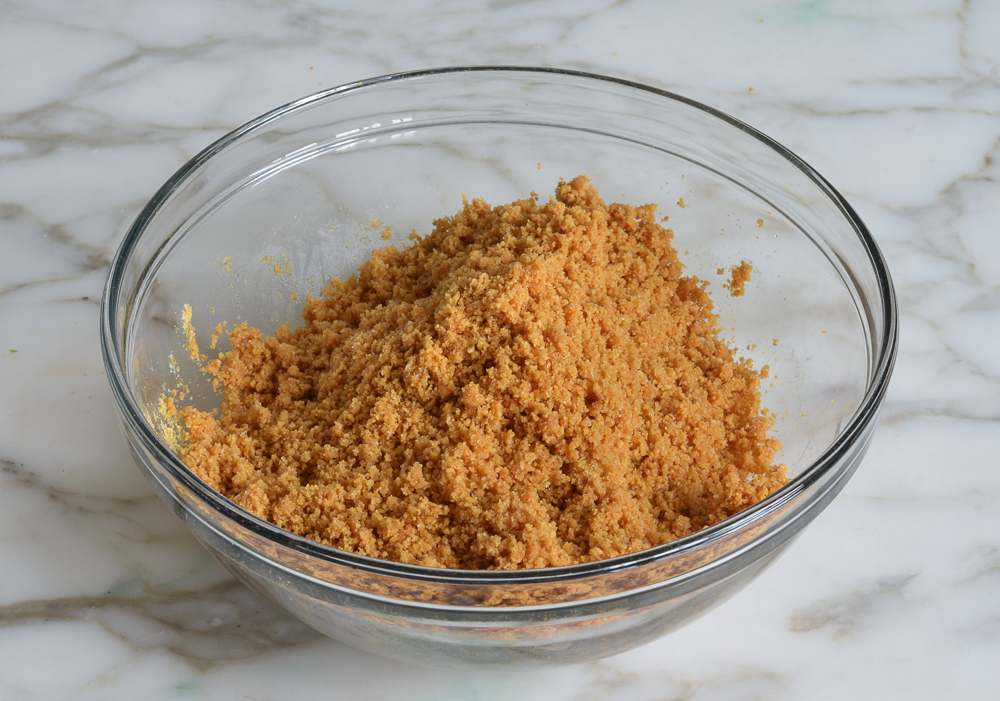
Press the crumbs into an even layer on the bottom of the prepared pan. Bake the crust for 10 minutes, until set. Remove the pan from the oven and set aside. Reduce the oven temperature to 325°F.
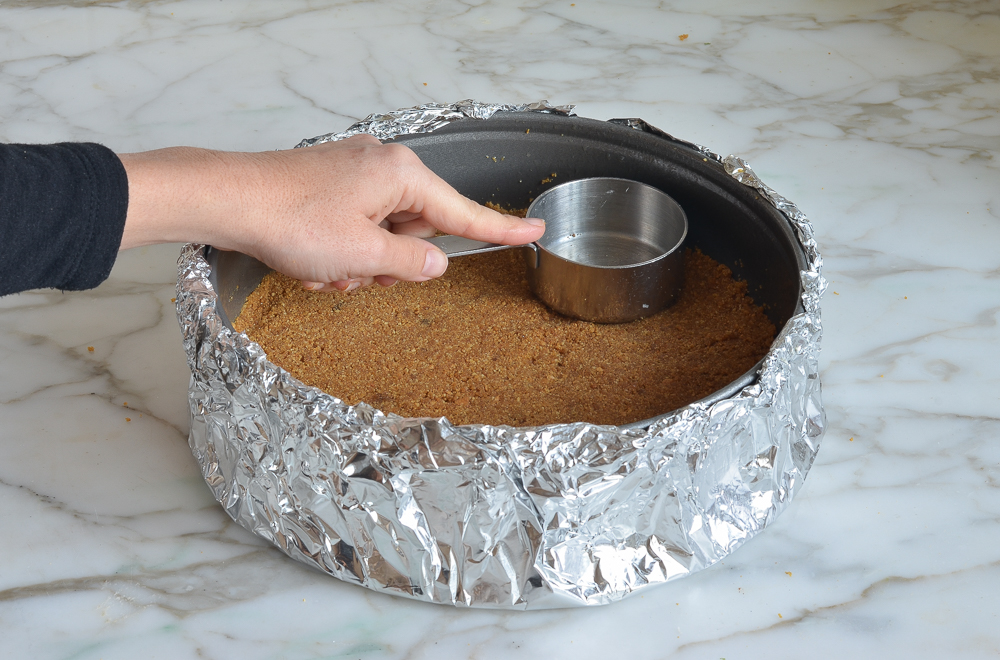
Step 3: Make the Cheesecake Batter
In the bowl of an electric mixer fitted with the paddle attachment or beaters, combine the cream cheese, sugar, and flour.
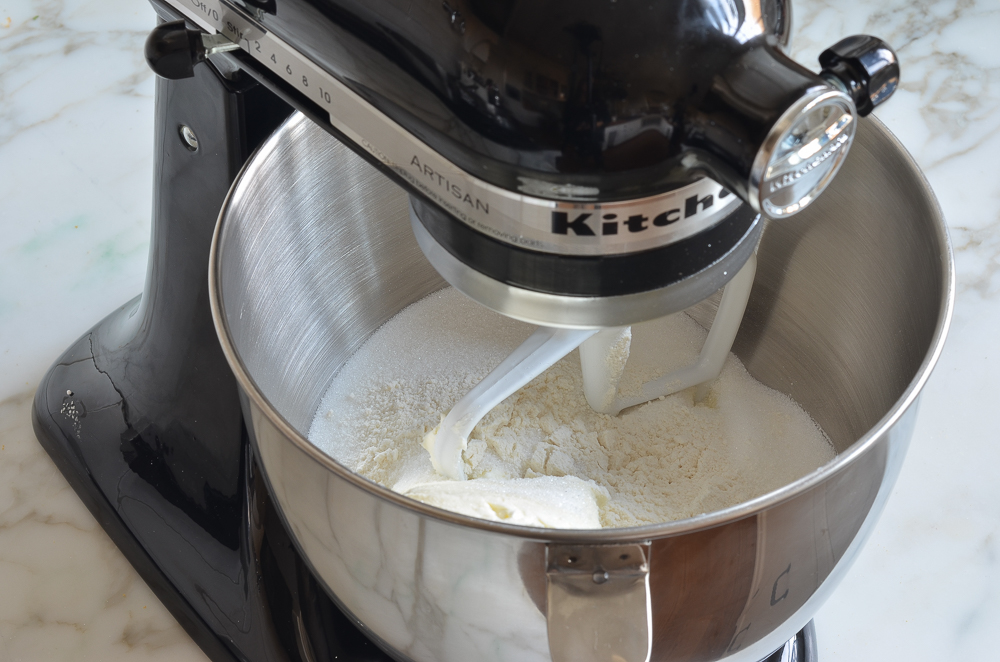
Beat on medium speed until just smooth, about 1 minute. Scrape the bottom and sides of the bowl to be sure the mixture is evenly combined.
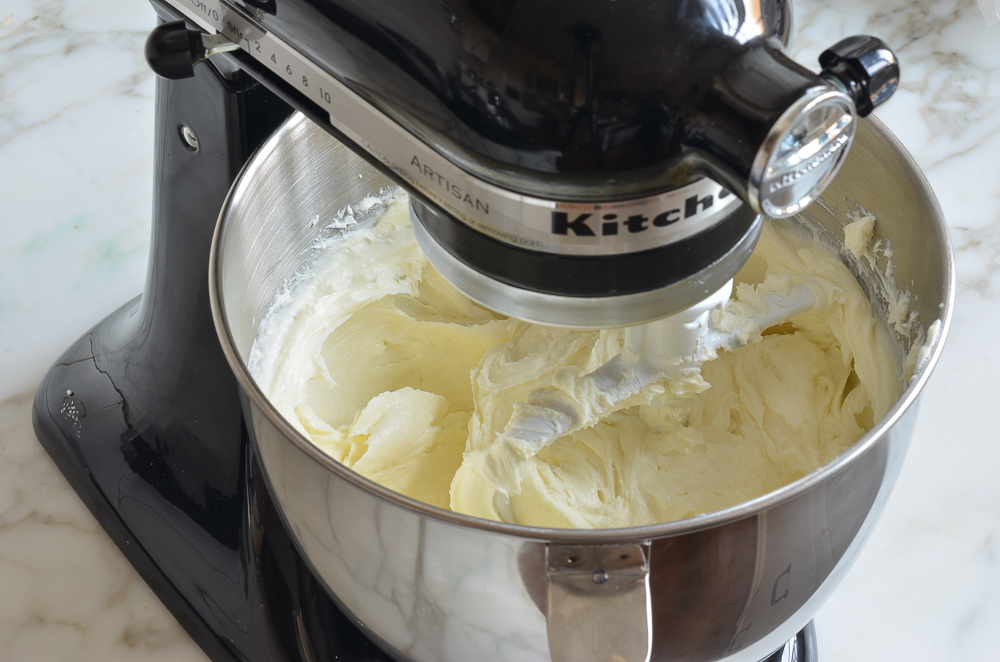
Add the vanilla, lemon zest, lemon juice, and salt; beat on low speed until just combined.
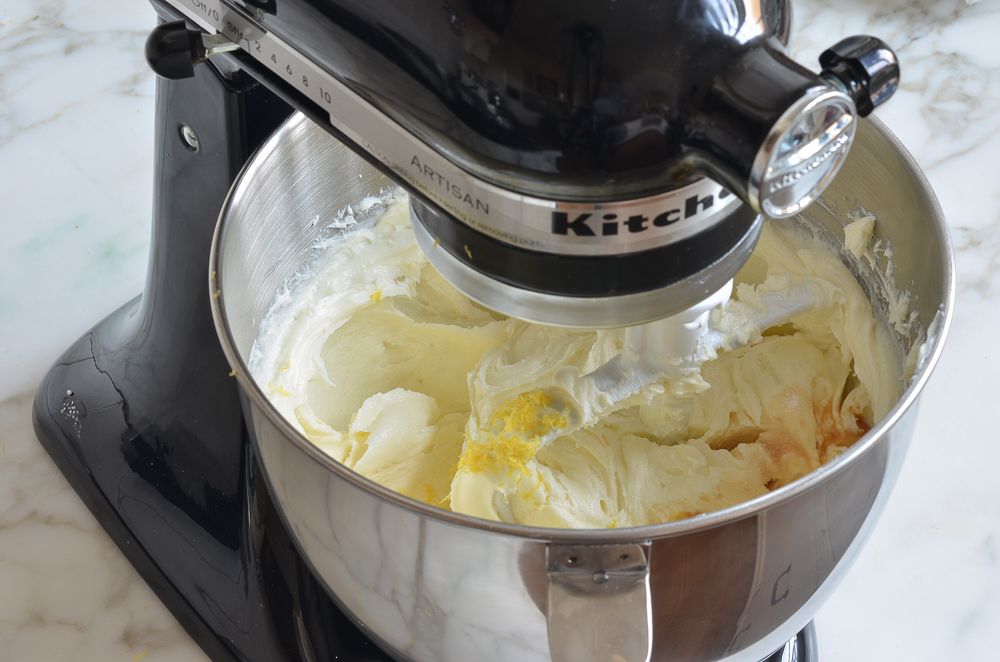
Add the eggs, one at a time, mixing on low speed until incorporated, scraping the bowl as necessary.
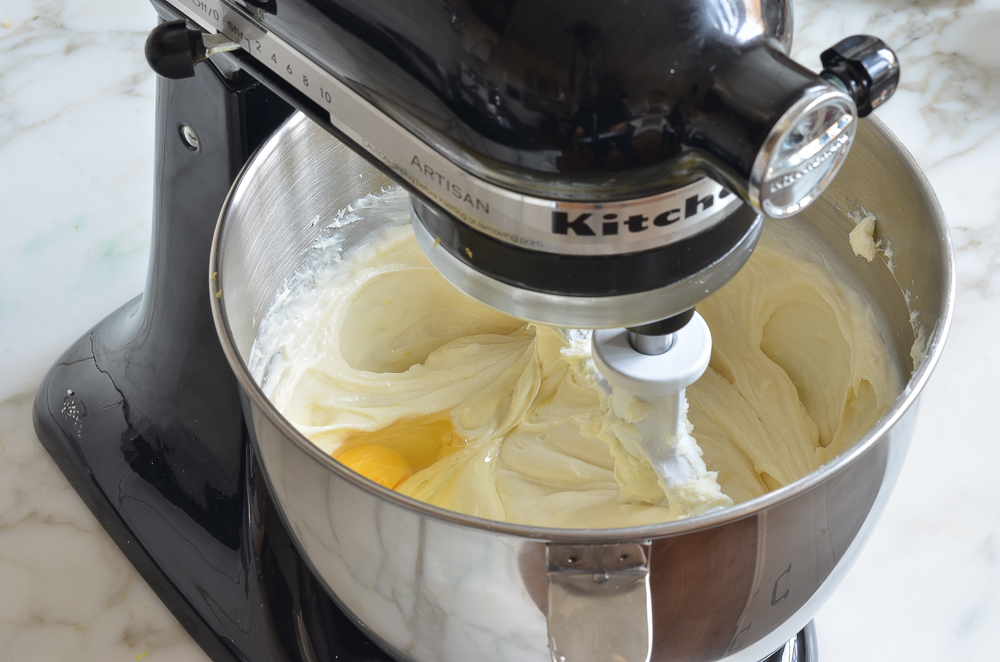
Mix in the sour cream.
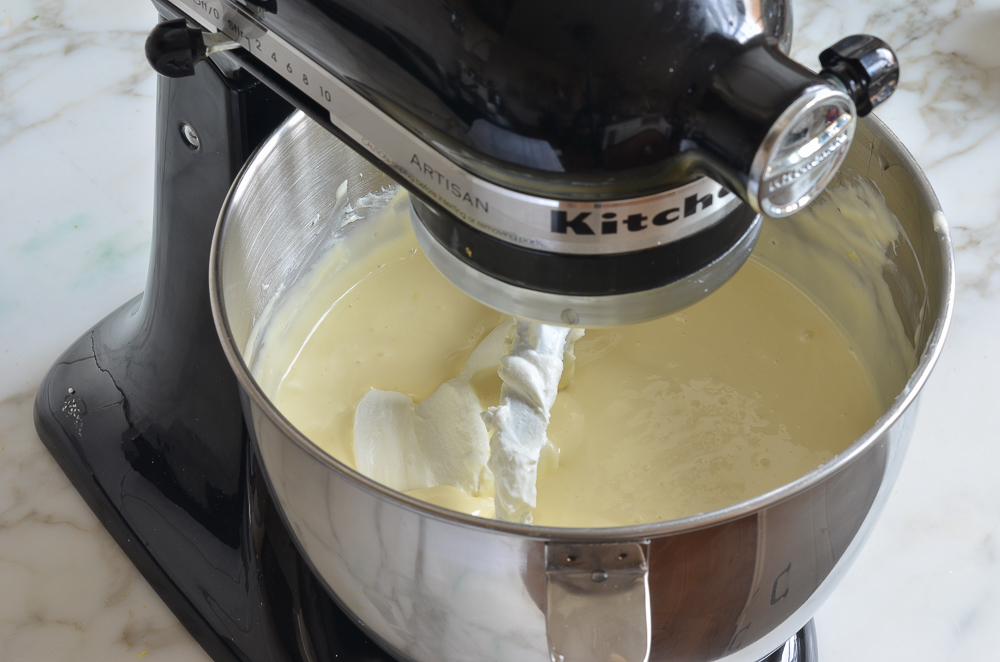
Make sure the batter is uniform but do not over-mix.
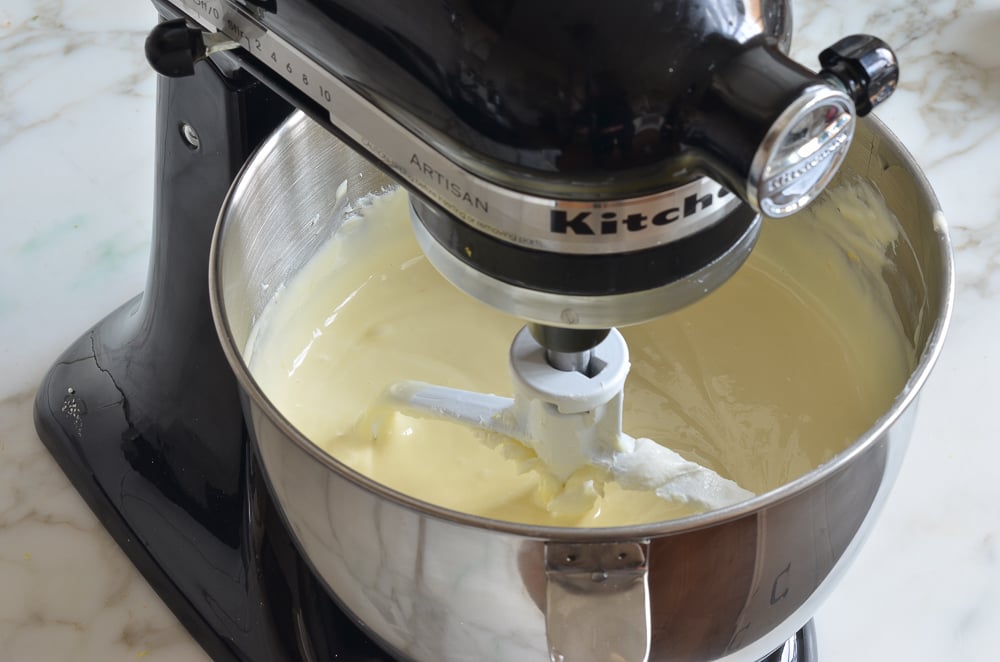
Pour the batter on top of the crust.
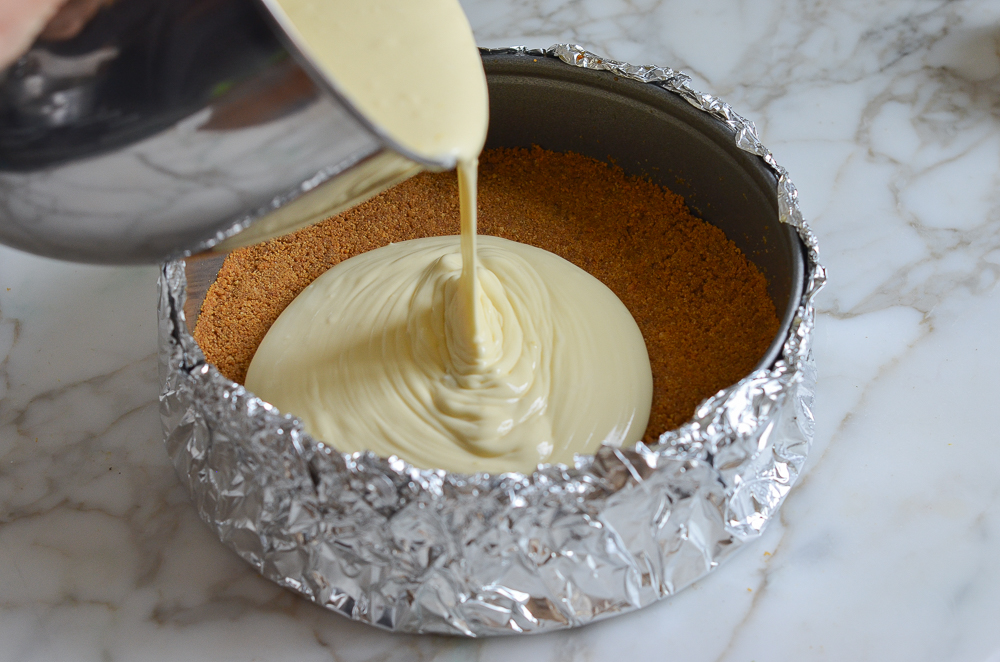
Step 4: Bake
Set the unbaked cheesecake in a large roasting pan. Pour boiling water into the roasting pan until it comes about one inch up the side of the cake pan. The water bath (also called a bain marie) regulates the temperature and keeps the cheesecake baking at an even, low heat. The steam/humidity created by the water bath also protects the cheesecake from drying out and cracking.
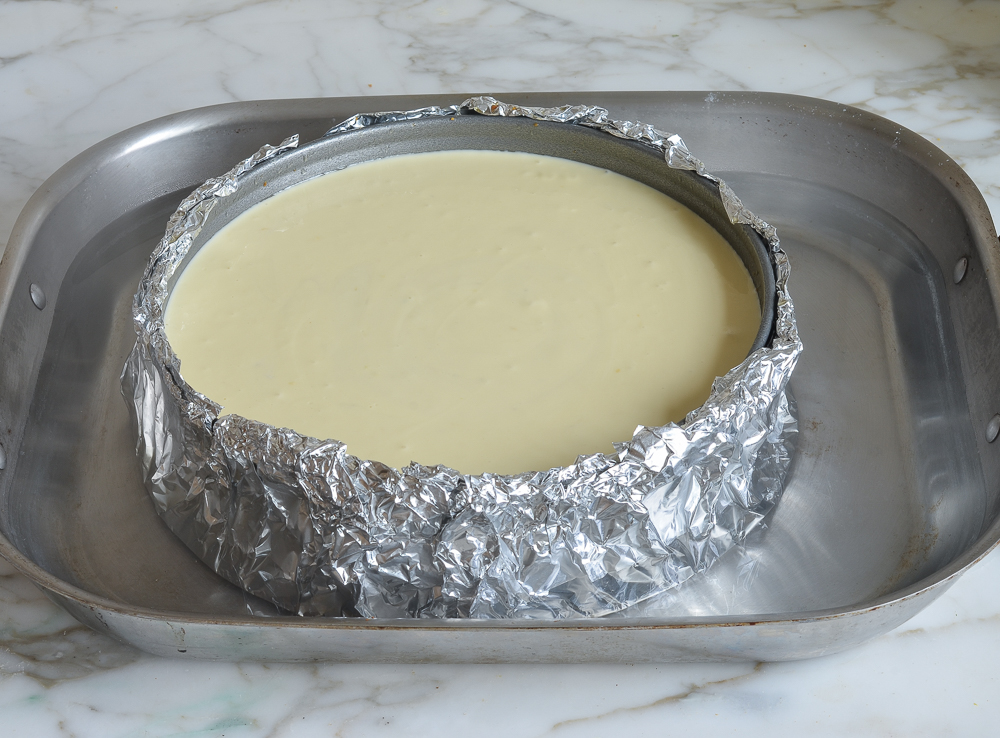
Bake until the cake is just set, 1 hour and 30 minutes to 1 hour and 45 minutes. The cake should not look liquidy at all but will wobble just a bit when the pan is nudged; it will continue to cook as it cools.
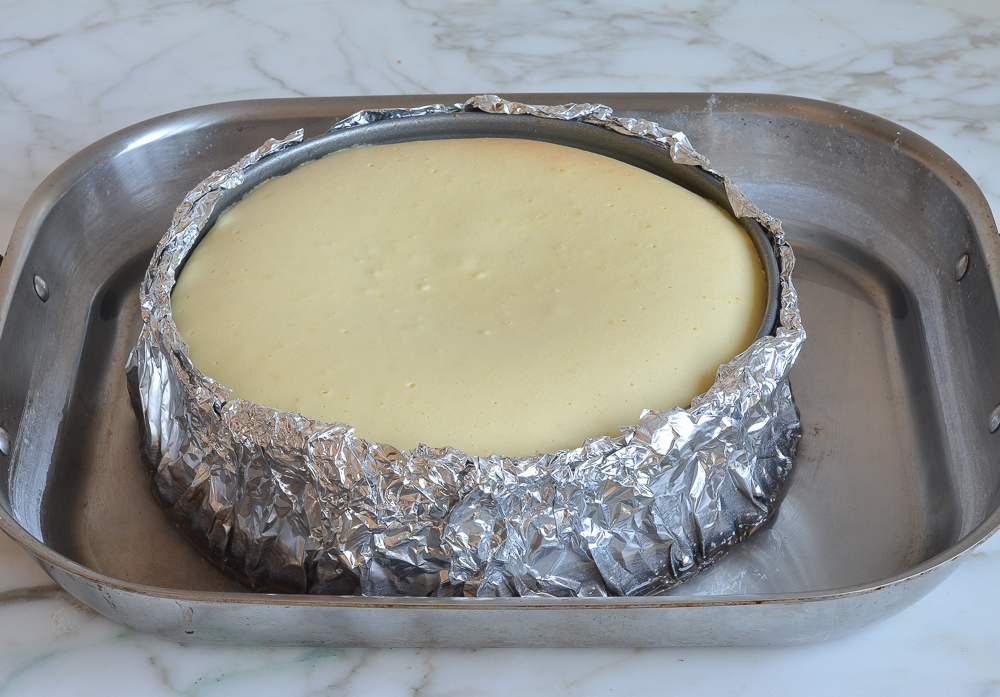
Step 5: Cool
Carefully remove the roasting pan from the oven and set it on a wire rack. Cool the cheesecake in the water bath until the water is just warm, about 45 minutes. Remove the springform pan from the water bath, discard the foil, and transfer the cheesecake to the refrigerator to cool for at least 8 hours or overnight.
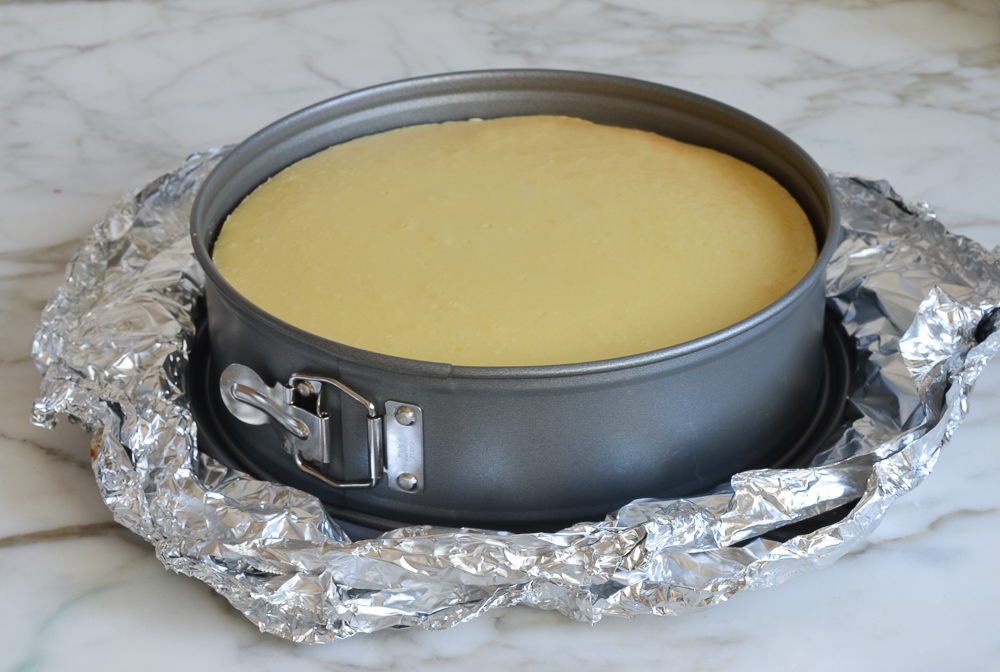
Remove the sides of the springform pan. You can serve the cheesecake right from the base of the springform pan. Or, if you’d like to transfer it to a serving platter, run a long, thin spatula between the crust and the pan bottom, and then use two large spatulas to transfer the cheesecake to a serving dish. Slice with a sharp knife, wiping the knife clean between slices. Serve with berry sauce, if you like.
Video Tutorial

You May Also Like
Classic New York Cheesecake
Think making cheesecake is difficult? Think again! This foolproof recipe delivers a cheesecake that’s dense, rich, and creamy—rivaling those from New York’s most beloved delis—and it’s simple enough for beginners to master.
Ingredients
For the Crust
- 1½ cups graham cracker crumbs, from 12 whole crackers
- 5 tablespoons unsalted butter, melted
- 2 tablespoons sugar
- ⅛ teaspoon salt
For the Filling
- 32 oz (four 8-oz blocks) cream cheese, at room temperature
- 2 cups sugar
- 3 tablespoons all-purpose flour
- 4 teaspoons vanilla extract
- 1 teaspoon packed lemon zest, from 1 lemon
- 2 teaspoons fresh lemon juice, from 1 lemon
- ¼ teaspoon salt
- 6 large eggs
- ½ cup sour cream
- Special equipment: 9- or 10-inch springform pan; 18-inch heavy-duty aluminum foil (see Pro Tip)
- Berry sauce, for serving (optional)
Instructions
For the Crust
- Preheat the oven to 375°F and set an oven rack in the lower middle position. Wrap a 9- or 10-inch springform pan with one large piece of heavy-duty aluminum foil, covering the underside and extending all the way to the top so there are no seams on the bottom or sides of the pan. Repeat with another sheet of foil for insurance. Spray the inside of the pan with nonstick cooking spray.
- Make the crust: In a medium bowl, combine the graham cracker crumbs, melted butter, sugar, and salt. Stir until well combined. Press the crumbs into an even layer on the the bottom of the prepared pan. Bake the crust for 10 minutes, until set. Remove the pan from the oven and set aside.
- Reduce the oven temperature to 325°F. Set a kettle of water to boil.
- Make the batter: In the bowl of an electric mixer fitted with the paddle attachment or beaters, beat the cream cheese, sugar, and flour together on medium speed until just smooth, about 1 minute. Scrape the bottom and sides of the bowl to be sure the mixture is evenly combined. Add the vanilla, lemon zest, lemon juice, and salt; beat on low speed until just combined. Add the eggs, one at a time, mixing on low speed until incorporated, scraping the bowl as necessary. Mix in the sour cream. Make sure the batter is uniform but do not over-mix.
- Check to make sure your oven has cooled to 325°F, then set the cheesecake pan in a large roasting pan. Pour the batter on top of the crust. Pour the boiling water into the large roasting pan to come about 1 inch up the side of the cake pan. Bake until the cake is just set, 1 hour and 30 minutes to 1 hour and 45 minutes. (If the cheesecake starts to look too golden on top towards the end, cover it loosely with foil.) The cake should not look liquidy at all but will wobble just a bit when the pan is nudged; it will continue to cook as it cools. Carefully remove the roasting pan from the oven and set it on a wire rack. Cool the cheesecake in the water bath until the water is just warm, about 45 minutes. Remove the springform pan from the water bath and discard the foil. If necessary, run a thin-bladed knife around the edge of the cake to make sure it's not sticking to the sides (which can cause cracks as it cools), then cover with plastic wrap and transfer to the refrigerator to cool for at least 8 hours or overnight.
- For serving: Remove the sides of the springform pan. Serve the cheesecake right from the base of the pan; or, to transfer it to a serving platter, run a long, thin spatula between the crust and the pan bottom, and then use two large spatulas to carefully transfer the cheesecake to a serving dish. Slice with a sharp knife, wiping the knife clean between slices. Serve with berry sauce, if you like.
- Make Ahead: The cheesecake can be made and stored in the springform pan in the fridge, tightly covered with plastic wrap, up to two days ahead of time.
- Freezer-Friendly Instructions: The cheesecake can be frozen for up to 3 months. To freeze, place the cake in the freezer briefly, unwrapped, to firm it up. Then double-wrap it tightly with aluminum foil or plastic freezer wrap, or place it in heavy-duty freezer bag. Thaw in the refrigerator the night before you plan to eat it.
- Pro Tip: Springform pans are notorious for leaking. Since a cheesecake bakes in a water bath, the foil prevents the water from seeping in during baking. Please do not attempt to use standard 12-inch (30cm) aluminum foil – you can’t have any foil seams on the bottom or sides of the pan. No matter how well (or how many times) you wrap the pan, if there are seams exposed to the water, the water will find a way in. Even when wrapped properly, you can occasionally get some condensation inside the foil. If this happens, don’t worry – the crust is likely just a bit moist around the edges. Simply remove the sides of the springform pan before refrigerating and let it dry out in the refrigerator.
Nutrition Information
Powered by ![]()
- Per serving (10 servings)
- Serving size: 1 slice
- Calories: 659
- Fat: 43 g
- Saturated fat: 24 g
- Carbohydrates: 59 g
- Sugar: 49 g
- Fiber: 1 g
- Protein: 11 g
- Sodium: 464 mg
- Cholesterol: 233 mg
This website is written and produced for informational purposes only. I am not a certified nutritionist and the nutritional data on this site has not been evaluated or approved by a nutritionist or the Food and Drug Administration. Nutritional information is offered as a courtesy and should not be construed as a guarantee. The data is calculated through an online nutritional calculator, Edamam.com. Although I do my best to provide accurate nutritional information, these figures should be considered estimates only. Varying factors such as product types or brands purchased, natural fluctuations in fresh produce, and the way ingredients are processed change the effective nutritional information in any given recipe. Furthermore, different online calculators provide different results depending on their own nutrition fact sources and algorithms. To obtain the most accurate nutritional information in a given recipe, you should calculate the nutritional information with the actual ingredients used in your recipe, using your preferred nutrition calculator.

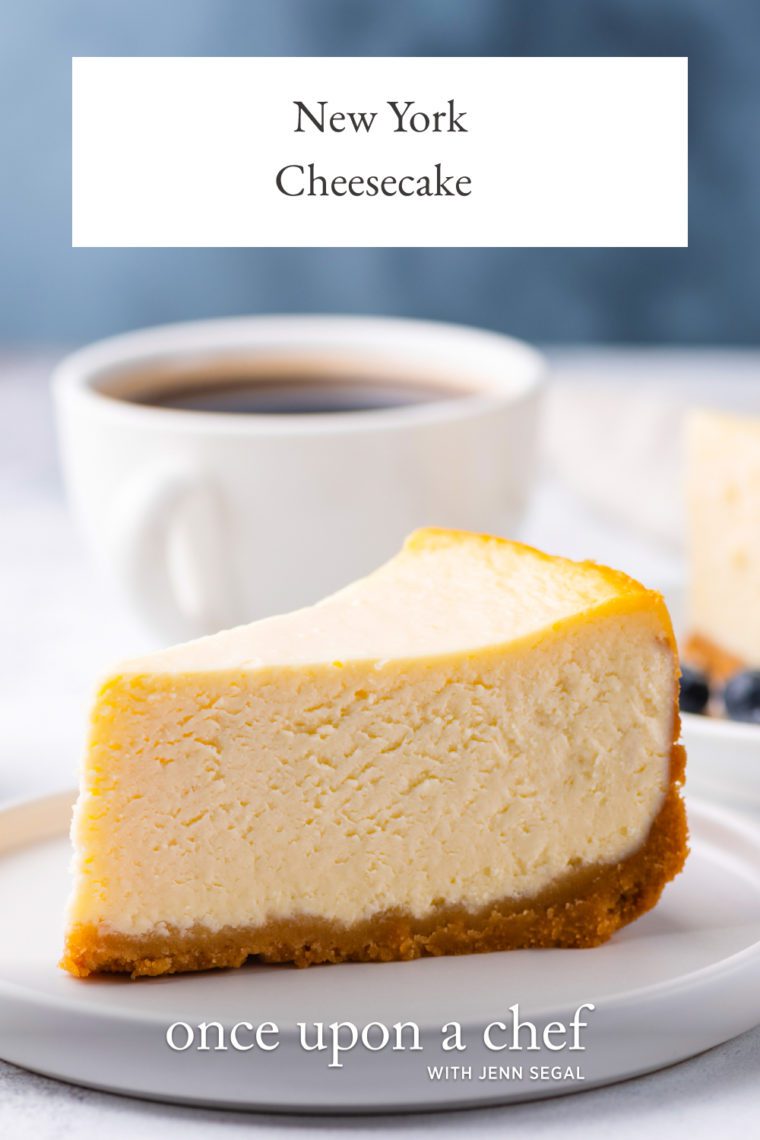
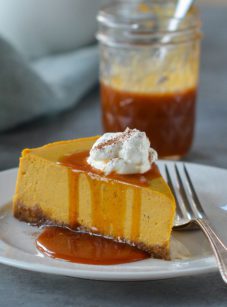

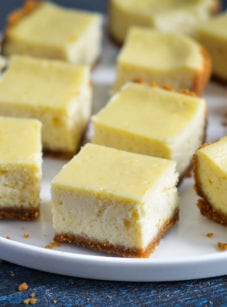
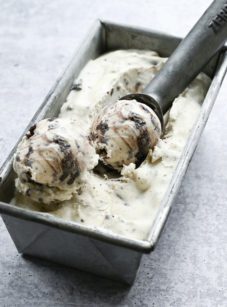
Hi Jenn, do you think this would last 3-4 days in the fridge before serving for a birthday get-together? Really love cheesecake, and I’m a bit scared to try making one, and I know I can trust your recipes from previous experience!
Sure, Melissa, but I wouldn’t push it any longer than that.
Thanks for the quick advice Jenn, much appreciated!
Dear Jann;
Loved the recipe, have made it on several occasions. It’s my husband’s go to when he craves cheesecake. It’s easy and the times I’ve made it is flawless. I highly recommend it. Better than Martha Stewart’s. Haven’t made hers, but I can tell by the ingredients.
Thx, Lori
I have always enjoyed baking but have never been brave enough to bring a cheesecake to an event. Since this recipe came into my life, I have been expected to bring cheesecake to any family gathering. This recipe is amazing!!! Super simple to follow and the cheesecake comes out perfect! Thank you!
Also, can I put 2 cheesecakes in the oven at the same time???
Sure — that may increase the bake time a touch, so keep a close eye on them!
can you suggest ingredients for a gluten free crust?
Hi Frieda, You could prepare the crust with gluten-free graham cracker crumbs. (If you can’t find gluten-free graham cracker crumbs, you can make your own with gluten-free graham crackers.) Hope that helps and that you enjoy the pie!
Absolutely The Best Cheesecake!!! I followed the recipe exactly except for the lemon gratings but did use fresh squeezed lemon juice. I made a sour cream icing and cherry topping. My husband loves all the fancy toppings. However, the cheesecake did not need either of these additions. It is smooth, creamy and delicious. I cooked it for 1 hour 35 min then let it cool in the water bath. This is real New York cheesecake. Thanks for the recipe!
I don’t know if someone already asked, but, can this recipe and steps be made in mini molds, as individual servings? like in these mini molds: https://www.amazon.com/Norpro-Nonstick-Cheesecake-Handles-count/dp/B0006IW02M/ref=sr_1_5?keywords=mini+cheesecake+molds&qid=1572811646&sr=8-5
Also, can I skip the water bath?
I will deeply appreciate your comment on this 🙂
Hi Adriana, mini versions of this will work. I do think you could get away with skipping the water bath with the minis. You’ll need to reduce the baking time by a lot; I’d start checking around 25 minutes. I’d love to know how they turn out!
You mentioned cream cheese room temp.
What about the sour cream and eggs?
Do they need to be at rm temp?
No, Eric, it’s only important that the cream cheese is at room temperature. Hope that clarifies and that you enjoy the cheesecake! 🙂
Turned out perfect! I’d leave a pic but it’s been slaughtered already.
Thank you for the recipe. I think next time I’ll add a splash of peppermint oil for the holidays. Thoughts?
Maybe add some cocoa and mint?
Mmmmmmmmmm
Hi Jill, Glad you enjoyed this! A splash of peppermint oil would work but I wouldn’t deviate from the recipe much by adding other ingredients to the mix — cheesecake is pretty finicky. You could definitely add whatever ingredients/embellishments to the top of the cheesecake after it’s baked/cooled. 🙂
I have to start by saying I am not a cook. But your recipe is so well explained that it would be difficult to go wrong. I live in the UK and what they call “cheesecake” is just a parody so decided to try yours and it’s simply like heaven. Thanks a lot for taking the time to give it to us with such clear instructions.
So glad you had success with this! 🙂
Love your comments.
Wow. Best cheese cake ever. I have made several different recipes and am always looking for something better. I don’t have to look any farther this was great. Thank You
What temperature do you cook it at
Hi Joan, the crust gets baked at 375°F/190°C and once you add the filling, it should be baked at 325°F/160°C. Hope that helps!
This is an excellent cheesecake and my family says it tastes way better than store bought cheesecake. My crust came out perfect but I cooked my cheesecake at 325 and it browned on top and turned the same color as the crust, but it was still very very liquidy on the inside. Is there a different temperature I can try? Or what went wrong?
Hi Sarah, sorry you had a bit of a problem with this. Did you bake the cheesecake on the lower middle rack in your oven? If not, that will definitely make a difference. If you did, and try this again and find that the top is browning before the center is done, you can lay a piece of foil on top of the pan to keep it from browning while it continues to bake. Hope that helps!
I only have two racks in my oven, which one should I bake it on?
Hi Niha, If one of the racks is not already in the center position, move it there to bake the cheesecake on it. Enjoy!